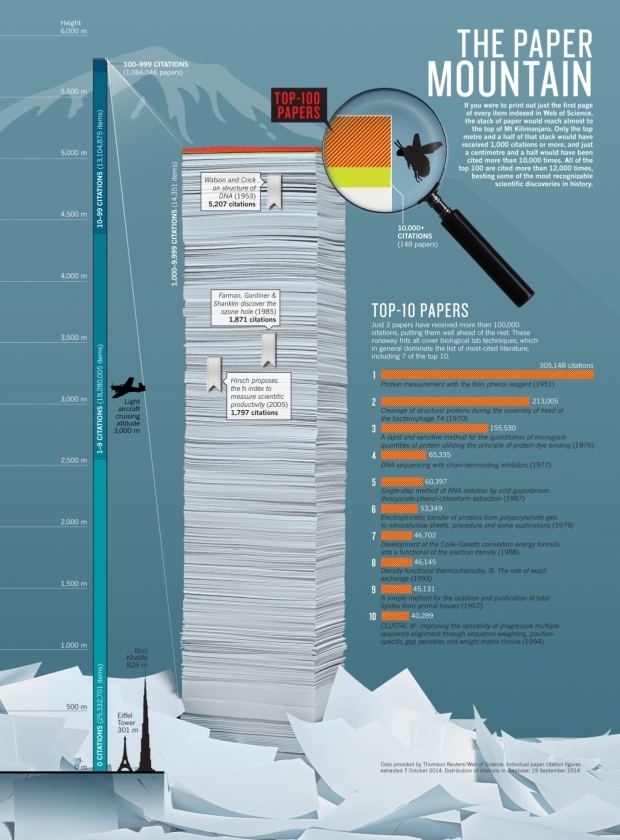Different species of birds make different sounds. However, the sounds are so quick and compressed that it can be tough to pick out what is what. So Kyle McDonald, Manny Tan, and Yotam Mann created a “fingerprint” for each bird song and used machine learning to classify. Through the visual browser, you can play sounds and search for bird types. Similar sounds are closer to each other.
Tags: birds, Google, machine learning, nature


